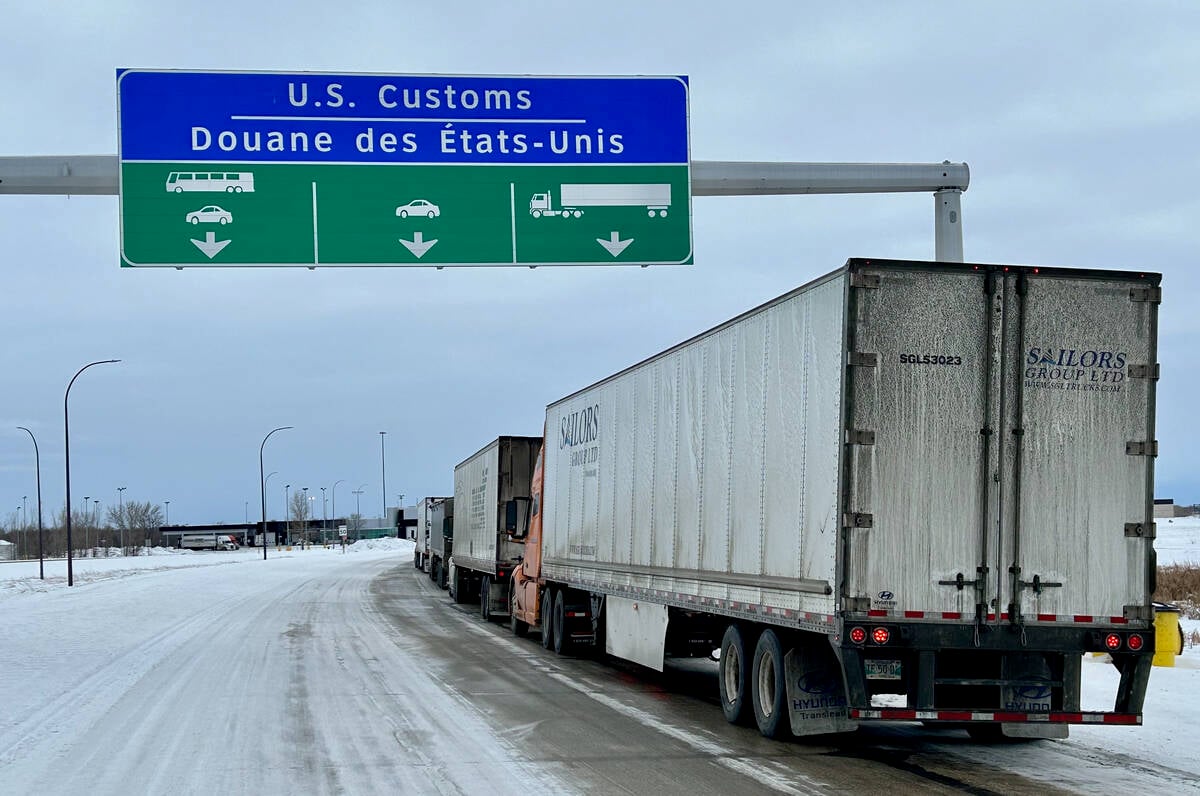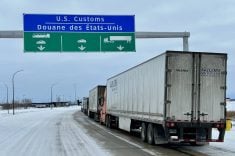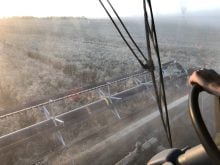OTTAWA (Staff) – The year is 2002 and The Rest of Canada is seven years into life without Quebec after a 1995 decision to separate.
The country has splintered into regions.
In the West, Alberta and British Columbia hook themselves into a rich grouping of northwest U.S. states.
Manitoba and Saskatchewan have applied for membership in a U.S.-dominated economic agreement with mid-western states. They are on the road to integration into the United States.
This is the scenario imagined by veteran Time magazine reporter Lansing Lamont in a recently-published book, Breakup. The Coming End of Canada and the Stakes for America.
Read Also

U.S. bill could keep out Canadian truckers
The Protecting America’s Roads Act, which was tabled in the U.S. House of Representatives at the beginning of October, would “rid the country of illegal immigrant commercial truck drivers and ineligible foreign nationals.”
He describes it as an inevitable result of what he thinks is almost as inevitable – an eventual decision by Quebec to split.
Lamont has said he wrote the book to alert Americans and American decision-makers to destabilizing events unfolding in Canada.
He told a CBC interviewer that Canada-watchers in the U.S. state department have similar pessimistic views about Canada’s fate.
In Ottawa, government politicians who will comment at all on the book dismiss it as fantasy, since they insist Quebec will never leave Canada.
Lamont, once posted to Canada for Time, argues that initially the western provinces will do relatively well without Quebec because of their export and resource-based economy.
B.C. and Alberta will emerge as economic powerhouses, and the Reform Party will be the only national party in what is left of Canada.
But the pull of American influence quickly begins to end their resolve to remain separate.
“Saskatchewan and Manitoba put their granaries and potash mines on the block and applied for admission to an extended Rocky Mountain-Red River economic community under U.S. aegis,” he writes.
And eventually, the demand for
formal admission into the American union will become a flood, “like a massive Arctic cold front.”
















